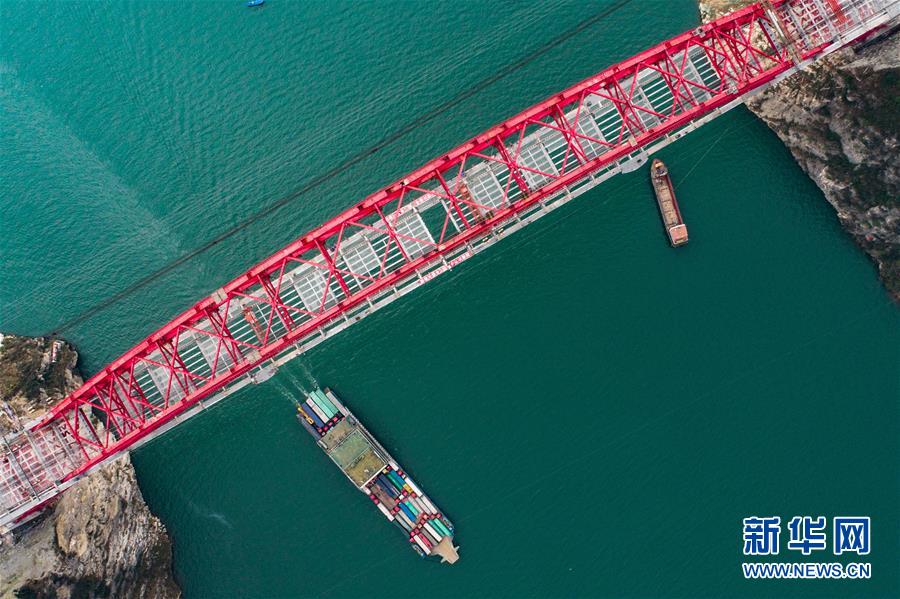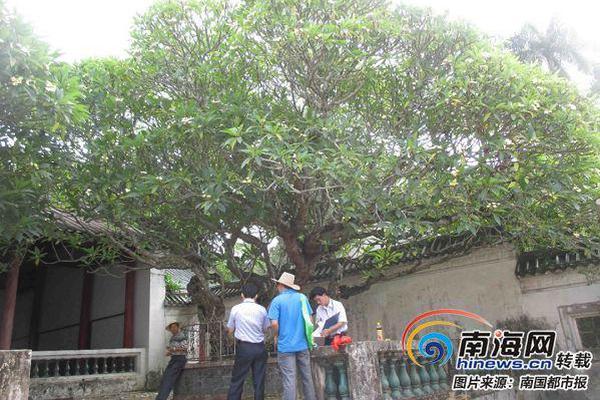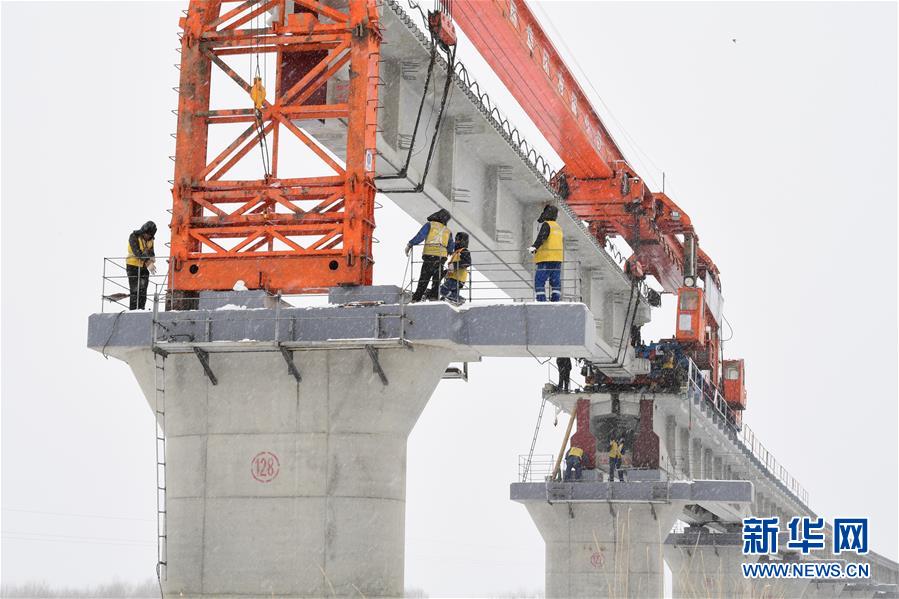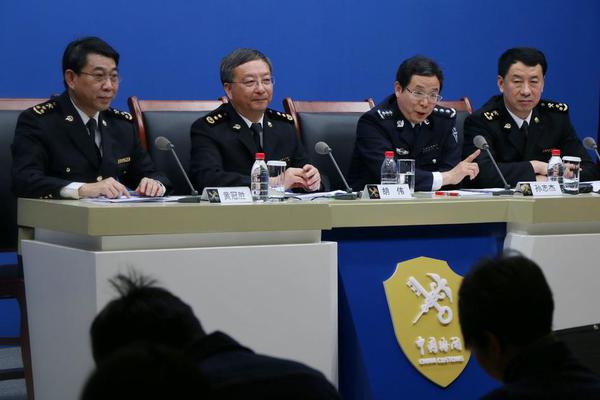
1. PLM is mainly applied to enterprises or between enterprises to support the business strategy of creating, managing, distributing and applying information throughout the life cycle of products.
2. In short, the use of PLM system can bring about a more efficient, coordinated, quality and competitive product development and management process, and make positive changes to the overall business of the enterprise.
3. FromIn terms of business, the plm system can develop potential business and integrate current and future technologies and methods in order to efficiently push innovative and profitable products to the market. In terms of development, the plm system is rapidly changing from a competitive advantage to a competitive necessity, and has become the only way for enterprise informatization.
4. In the process of product development, the application of PLM system can shorten the product development time, save resources and improve efficiency. Huatian Software PLM is a platform for the whole life cycle management business process of manufacturing products. It aims to provide enterprises with an innovative research and development management platform from demand collection, product design, process design to workshop production.
5. Knowledge Management: Application: Manage and share the knowledge assets of the team. Function: Improve the use rate of knowledge and accelerate the problem-solving and decision-making process.Through these functions, the PLM system can assist enterprises in comprehensively managing the product life cycle, improve the efficiency of product development and manufacturing, reduce costs, and ensure product quality and market demand.

Golden butterflyPLM refers to the product life cycle management solution of Jindie Company, which is a comprehensive management system for enterprises. According to the relevant public information of the query, it is used to manage the whole process of product design, development, production, sales and after-sales service, as well as to maintain product-related documents, contracts, plans and other information.
Jindie PLM is a product integrated by Jindie after acquiring Guangzhou Puwei in 2010. Puwei has more than ten years of experience in the South China market. The core talents of its founding team are still continuing their work. Many people have nearly 20 years of experience and have a good reputation.
PLM is product life cycle management, which is applied within enterprises in a single location, within enterprises scattered in multiple locations, and in product research and development.A series of application solutions that support the creation, management, distribution and application of information throughout the life cycle of the product between enterprises with collaborative relationships.
In the management, the intelligent manufacturing systems that can be used are: PLM, CRM, SRM, ERP, BI, etc. At the execution layer, the intelligent manufacturing systems that can be used are: APS, MES, QMS, WMS, EMS, EAM, LES, etc. In the control layer, the intelligent manufacturing systems that can be used include: PLC, DNC, SPC, etc.
The five major systems of digital factories include: PLM system: full life cycle management system, for enterprise knowledge assetsManagement, realize product data management, project management, change management, collaborative management, standardized management, security management, etc., providing a scalable R&D management platform for manufacturing enterprises.
cell, cellular) IT/CT/OT integrated industrial system, also known as digital twin system (CPS, information physics system). In the digital factory, the entity objects that change the physical space can be controlled by operating the objects in the digital space. Similarly, the entity of the physical space changes in state, and the objects in the digital space also change accordingly.
MES is a set of production information management system for the executive level of the workshop of manufacturing enterprises, which can comprehensively monitor the production workshop from the six aspects of "man-machine material method environmental testing". People: Employee management, the MES system can help enterprises save manpower costs in actual production.
1. PLM is an English abbreviation for Product Lifecycle Management (PLM). ACCORDING TO THE INDUSTRY AUTHORITATIVE DEFINITION OF CIMDATA, PLM IS A KIND OF APPLICATION WITHIN AN ENTERPRISE IN A SINGLE LOCATION, WITHIN AN ENTERPRISE SCATTERED IN MULTIPLE LOCATIONS, AND BETWEEN ENTERPRISES WITH COLLABORATIVE RELATIONSHIPS IN THE FIELD OF PRODUCT RESEARCH AND DEVELOPMENT.
2. The PLM (Product Lifecycle Management) system is a comprehensive software tool and method for managing and controlling the product life cycle. Its main goal is to coordinate and optimize the entire life cycle of the product, from the concept and design stage to manufacturing, sales, maintenance and scrapping.
3. PLM is the core technical resource management system of enterprises, which is divided into project management, diagram document management, and red line annotation, etc. Enterprises generally start from the core module diagram document of PLM, and then add other modules one by one after maturity. PLM is now the first choice for enterprise informatization.
4. The PLM (Product Lifecycle Management) system is a comprehensive software and methodology that aims to help organizations effectively manage the entire life cycle of products, from concept and design stage to manufacturing, Sales, maintenance and disposal.
5. What does plm system mean? Plm is Product Lifecycle ManAgement refers to the process of optimizing the entire product life cycle through unified information management.
PLM (Product Lifecycle Management) system is a comprehensive software used to manage and control the product life cycle Equipment and method. Its main goal is to coordinate and optimize the entire life cycle of the product, from the concept and design stage to manufacturing, sales, maintenance and scrapping.
plm is a product life cycle management system, which is used within enterprises in a single location, within enterprises scattered in multiple locations, and between enterprises with collaborative relationships in the field of product research and development., a series of application solutions that support the creation, management, distribution and application of information throughout the life cycle of the product.
PLM (Product Lifecycle Management) system is a comprehensive software and methodology used to effectively manage and control the entire life cycle of products from the conceptual stage to the retirement stage.
PLM (Product Lifecycle Management) system is a comprehensive software and methodology designed to help organizations effectively manage the entire life cycle of products, from concept and design stage to manufacturing and sales. , maintenance and disposal.
*Biofuels HS code classification-APP, download it now, new users will receive a novice gift pack.
1. PLM is mainly applied to enterprises or between enterprises to support the business strategy of creating, managing, distributing and applying information throughout the life cycle of products.
2. In short, the use of PLM system can bring about a more efficient, coordinated, quality and competitive product development and management process, and make positive changes to the overall business of the enterprise.
3. FromIn terms of business, the plm system can develop potential business and integrate current and future technologies and methods in order to efficiently push innovative and profitable products to the market. In terms of development, the plm system is rapidly changing from a competitive advantage to a competitive necessity, and has become the only way for enterprise informatization.
4. In the process of product development, the application of PLM system can shorten the product development time, save resources and improve efficiency. Huatian Software PLM is a platform for the whole life cycle management business process of manufacturing products. It aims to provide enterprises with an innovative research and development management platform from demand collection, product design, process design to workshop production.
5. Knowledge Management: Application: Manage and share the knowledge assets of the team. Function: Improve the use rate of knowledge and accelerate the problem-solving and decision-making process.Through these functions, the PLM system can assist enterprises in comprehensively managing the product life cycle, improve the efficiency of product development and manufacturing, reduce costs, and ensure product quality and market demand.

Golden butterflyPLM refers to the product life cycle management solution of Jindie Company, which is a comprehensive management system for enterprises. According to the relevant public information of the query, it is used to manage the whole process of product design, development, production, sales and after-sales service, as well as to maintain product-related documents, contracts, plans and other information.
Jindie PLM is a product integrated by Jindie after acquiring Guangzhou Puwei in 2010. Puwei has more than ten years of experience in the South China market. The core talents of its founding team are still continuing their work. Many people have nearly 20 years of experience and have a good reputation.
PLM is product life cycle management, which is applied within enterprises in a single location, within enterprises scattered in multiple locations, and in product research and development.A series of application solutions that support the creation, management, distribution and application of information throughout the life cycle of the product between enterprises with collaborative relationships.
In the management, the intelligent manufacturing systems that can be used are: PLM, CRM, SRM, ERP, BI, etc. At the execution layer, the intelligent manufacturing systems that can be used are: APS, MES, QMS, WMS, EMS, EAM, LES, etc. In the control layer, the intelligent manufacturing systems that can be used include: PLC, DNC, SPC, etc.
The five major systems of digital factories include: PLM system: full life cycle management system, for enterprise knowledge assetsManagement, realize product data management, project management, change management, collaborative management, standardized management, security management, etc., providing a scalable R&D management platform for manufacturing enterprises.
cell, cellular) IT/CT/OT integrated industrial system, also known as digital twin system (CPS, information physics system). In the digital factory, the entity objects that change the physical space can be controlled by operating the objects in the digital space. Similarly, the entity of the physical space changes in state, and the objects in the digital space also change accordingly.
MES is a set of production information management system for the executive level of the workshop of manufacturing enterprises, which can comprehensively monitor the production workshop from the six aspects of "man-machine material method environmental testing". People: Employee management, the MES system can help enterprises save manpower costs in actual production.
1. PLM is an English abbreviation for Product Lifecycle Management (PLM). ACCORDING TO THE INDUSTRY AUTHORITATIVE DEFINITION OF CIMDATA, PLM IS A KIND OF APPLICATION WITHIN AN ENTERPRISE IN A SINGLE LOCATION, WITHIN AN ENTERPRISE SCATTERED IN MULTIPLE LOCATIONS, AND BETWEEN ENTERPRISES WITH COLLABORATIVE RELATIONSHIPS IN THE FIELD OF PRODUCT RESEARCH AND DEVELOPMENT.
2. The PLM (Product Lifecycle Management) system is a comprehensive software tool and method for managing and controlling the product life cycle. Its main goal is to coordinate and optimize the entire life cycle of the product, from the concept and design stage to manufacturing, sales, maintenance and scrapping.
3. PLM is the core technical resource management system of enterprises, which is divided into project management, diagram document management, and red line annotation, etc. Enterprises generally start from the core module diagram document of PLM, and then add other modules one by one after maturity. PLM is now the first choice for enterprise informatization.
4. The PLM (Product Lifecycle Management) system is a comprehensive software and methodology that aims to help organizations effectively manage the entire life cycle of products, from concept and design stage to manufacturing, Sales, maintenance and disposal.
5. What does plm system mean? Plm is Product Lifecycle ManAgement refers to the process of optimizing the entire product life cycle through unified information management.
PLM (Product Lifecycle Management) system is a comprehensive software used to manage and control the product life cycle Equipment and method. Its main goal is to coordinate and optimize the entire life cycle of the product, from the concept and design stage to manufacturing, sales, maintenance and scrapping.
plm is a product life cycle management system, which is used within enterprises in a single location, within enterprises scattered in multiple locations, and between enterprises with collaborative relationships in the field of product research and development., a series of application solutions that support the creation, management, distribution and application of information throughout the life cycle of the product.
PLM (Product Lifecycle Management) system is a comprehensive software and methodology used to effectively manage and control the entire life cycle of products from the conceptual stage to the retirement stage.
PLM (Product Lifecycle Management) system is a comprehensive software and methodology designed to help organizations effectively manage the entire life cycle of products, from concept and design stage to manufacturing and sales. , maintenance and disposal.
*Steel pipes (HS code ) trade insights
author: 2024-12-23 22:37Container freight index monitoring
author: 2024-12-23 21:30International trade event forecasts
author: 2024-12-23 20:44HS code indexing for specialized products
author: 2024-12-23 20:19Global import export data subscription
author: 2024-12-23 22:48HS code-driven compliance workflows
author: 2024-12-23 21:07Trade data for chemical imports
author: 2024-12-23 20:31Furniture imports HS code analysis
author: 2024-12-23 20:17HS code-based container stowage planning
author: 2024-12-23 20:13 HS code analytics for port efficiency
HS code analytics for port efficiency
822.93MB
Check Africa customs data solutions
Africa customs data solutions
469.51MB
Check Trade data for government agencies
Trade data for government agencies
914.91MB
Check Dynamic import export performance metrics
Dynamic import export performance metrics
614.82MB
Check Trade data-based price benchmarks
Trade data-based price benchmarks
889.86MB
Check Trade data for energy sector
Trade data for energy sector
223.21MB
Check How to implement JIT with global data
How to implement JIT with global data
717.44MB
Check HS code for artisanal goods
HS code for artisanal goods
993.29MB
Check Global supplier scorecard templates
Global supplier scorecard templates
568.96MB
Check How to track non-compliance incidents
How to track non-compliance incidents
398.76MB
Check Livestock products HS code classification
Livestock products HS code classification
742.99MB
Check Regional trade agreements HS code mapping
Regional trade agreements HS code mapping
346.73MB
Check Global trade contract verification
Global trade contract verification
127.96MB
Check End-to-end shipment tracking solutions
End-to-end shipment tracking solutions
697.27MB
Check Medical consumables HS code data
Medical consumables HS code data
978.36MB
Check Optimizing distribution using HS code data
Optimizing distribution using HS code data
113.86MB
Check Global trade news aggregation
Global trade news aggregation
169.78MB
Check HS code-driven tariff arbitrage strategies
HS code-driven tariff arbitrage strategies
295.79MB
Check Real-time supplier performance scoring
Real-time supplier performance scoring
748.46MB
Check Trade data for public policy design
Trade data for public policy design
613.48MB
Check Medical diagnostics HS code classification
Medical diagnostics HS code classification
146.39MB
Check International trade compliance workflow
International trade compliance workflow
793.32MB
Check HS code-based FTA utilization
HS code-based FTA utilization
275.85MB
Check How to leverage trade data in negotiations
How to leverage trade data in negotiations
367.31MB
Check Processed fruits HS code insights
Processed fruits HS code insights
287.77MB
Check How to build a trade data strategy
How to build a trade data strategy
585.44MB
Check Leveraging global trade statistics
Leveraging global trade statistics
529.36MB
Check Enhanced supplier vetting processes
Enhanced supplier vetting processes
389.32MB
Check Automated trade documentation routing
Automated trade documentation routing
856.47MB
Check Comprehensive supplier audit data
Comprehensive supplier audit data
541.95MB
Check Sourcing intelligence platforms
Sourcing intelligence platforms
774.38MB
Check Trade data for construction materials
Trade data for construction materials
611.46MB
Check How to ensure transparency in supply chains
How to ensure transparency in supply chains
564.53MB
Check HS code directory for imports
HS code directory for imports
471.36MB
Check Niche pharmaceuticals HS code verification
Niche pharmaceuticals HS code verification
158.94MB
Check Trade data for renewable energy sector
Trade data for renewable energy sector
515.15MB
Check
Scan to install
Biofuels HS code classification to discover more
Netizen comments More
2913 International trade event forecasts
2024-12-23 22:26 recommend
1635 Global trade customs valuation analysis
2024-12-23 21:59 recommend
259 shipment records analysis
2024-12-23 21:59 recommend
1688 Global trade event monitoring
2024-12-23 21:39 recommend
2446 HS code electrical machinery data
2024-12-23 20:58 recommend